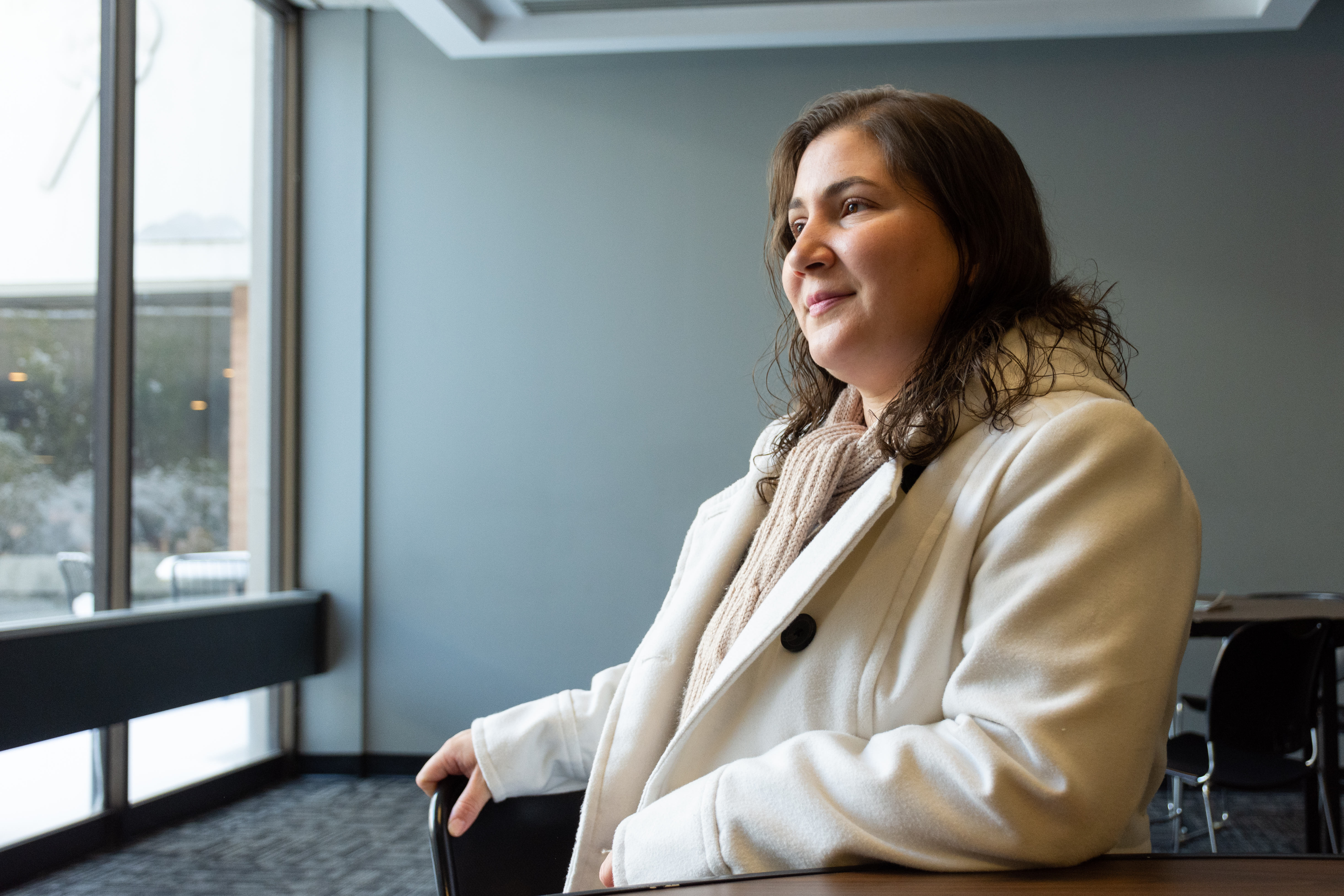By Morgan Petronelli
It’s been nearly a year and a half since Major Hurricane Maria made landfall on the island of Puerto Rico.
According to a report by the National Weather Service, prior to making landfall, the tropical storm-turned-hurricane was lowered from a category 5 with 175 mph winds to a category 4 hurricane. Once the storm reached the island, it tore through the city of Yabucoa with sustained winds of 155 mph.
“As the center of the storm moved west-northwestward over southeastern Puerto Rico into the interior and northwestern Puerto Rico, widespread hurricane force winds spread all over mainland Puerto Rico along with extremely heavy rainfall that produced major to catastrophic flooding and flash flooding, especially across the northern half of Puerto Rico,” the National Weather Service said.
The storm was strong because of a number of factors. Bill Buckler, associate professor in the department of geography, said the storm originated over very warm waters (over 80 degrees) due to global warming.
“A hurricane’s energy is actually derived from energy that’s released during cloud formation, because the energy that goes into evaporating water gets tied up in the water as a hidden form of energy called latent heat,” he said. “And if you change that water vapor back to a liquid or solid, that energy is released to the environment … and the more water vapor you have the more potential energy that you have for these hurricanes.”
Buckler said a rise in global temperatures each year leads to more potential energy, which leads to a great potential for powerful hurricanes to form more frequently, which is what essentially led to the transition of Maria from a tropical storm to a category 5 hurricane.
Puerto Rico and Youngstown seem like worlds away, but this city has an unlikely connection with Hurricane Maria.
Angelica Diaz, a junior journalism major at Youngstown State University, was a native of Campbell, Ohio, before moving to Salinas, Puerto Rico, in 2010 with her family.
For seven years she lived on the island she described as “a very dry and beautiful place” that was filled with a plethora of greenery and plenty of banana trees.
When Diaz and her family found out a strong hurricane was making its way toward the island, they began storing water and food, and prepared their home for the worst.
“I remember telling my husband this is just going to destroy Puerto Rico … you could just feel it. I had never been through a hurricane in my life before I was raised here, maybe a blizzard or snowstorm, but never a hurricane. I didn’t know what to expect,” Diaz said.
She said her family was lucky — their home was safer than others because their house and most of their roof was made of cement. Only a small portion of their roof was made of tin, unlike other homes whose roofs are primarily constructed of tin, which is easily destructible.
Diaz said her husband had to drill their door shut to prevent it from ripping open due to high winds.
“It was scary … We were all together and hunkered down and waited for it to be all over. Thank God our home was safe … We were fortunate while some other people lost their homes,” she said.
Diaz cited the only damage done to their property was when their 40-foot high tamarind tree fell on one of their cars. A few other trees were knocked down.
While minimum damage was done to her family’s property, some other residents weren’t so fortunate.
The devastating aftermath of Hurricane Maria in Puerto Rico led to a frenzy of both public opinion and media reports criticizing the Trump Administration’s handling of the disaster. One of the most notable and outspoken against the government’s response was San Juan Mayor Carmen Yulín Cruz.
“I believe the U.S. government did a very poor job in the aftermath of the hurricane in Puerto Rico. U.S. citizens were without electricity and water for months, and in some places of the island more than a year. The Puerto Rican people went through so much,” Diaz said.
Diaz lived in Puerto Rico for two months after the hurricane before returning to Ohio with her family to pursue a degree at YSU.
“My community was in bad shape, but the entire island was destroyed. There was destruction everywhere, some more than others. The destruction was immense — a lot of people lost everything,” Diaz said. “Puerto Rico is a beautiful island, but Hurricane Maria left the island unrecognizable. The island is getting back to normal but there’s a lot to be done.”
